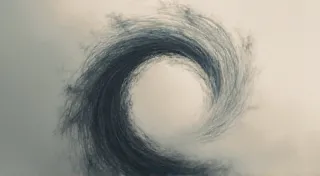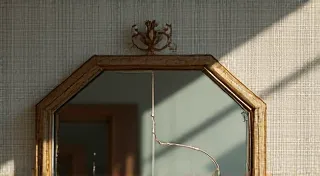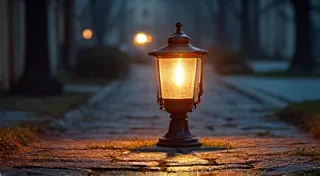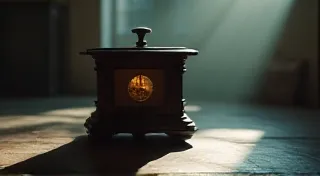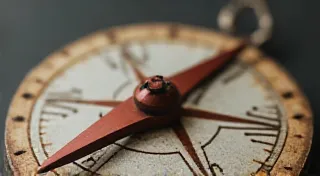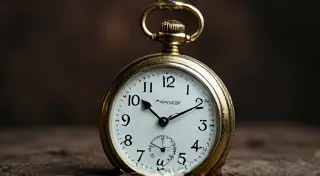Bottled Constellations: Capturing the Cosmos in Glass
There's a certain melancholy beauty to antique bottles. They're silent witnesses to bygone eras, each crack, bubble, and imperfection a whisper of the hands that shaped them and the lives they touched. I remember my grandfather, a quiet man with calloused fingers, collecting them. He’s gone now, but I still feel the echo of his stories – tales of soda fountains, medicine men, and dusty farmhouses – whenever I hold one of his treasures. It sparked within me a fascination, not just for the bottles themselves, but for the stories they held, the history they embodied.
My own journey with reverse glass etching began as a way to honor that connection, to breathe new life into these forgotten objects. It felt natural, somehow, to combine a love for antique bottles with the delicate art of etching – a craft that, in its own way, requires reverence for the material and a respect for the legacy of those who came before.
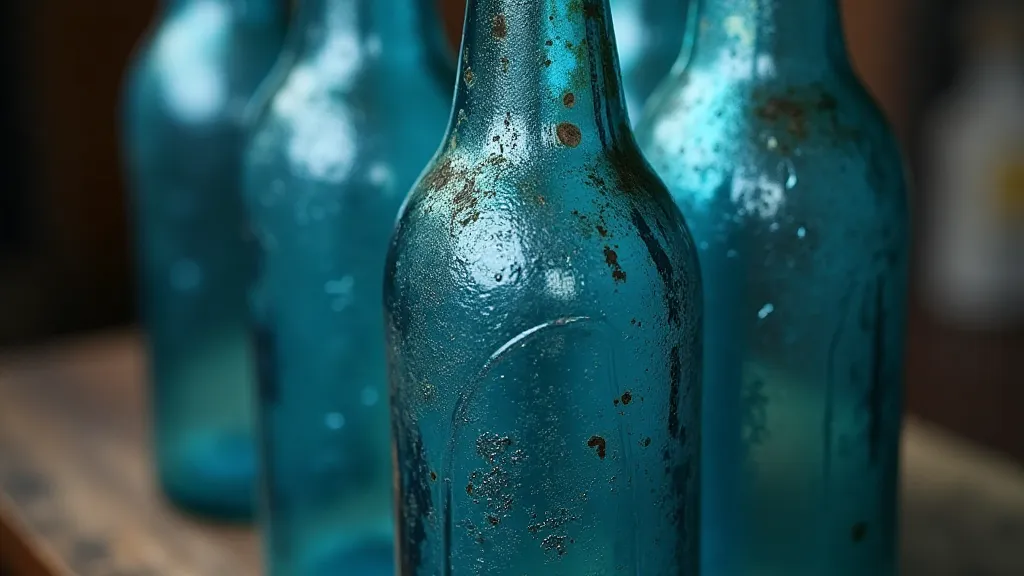
The Dance of Light and Shadow: Understanding Reverse Glass Etching
Reverse glass etching, unlike traditional etching, creates a frosted effect on the surface while leaving the design areas clear. The principle is simple, but the execution demands patience and precision. We apply a stencil to the bottle, apply etching cream, rinse, and peel away the stencil, revealing the etched design. It’s a chemical reaction, and like all chemical reactions, it's a delicate dance of variables – cream strength, exposure time, temperature – all impacting the final result.
The luminosity you see in truly stunning reverse glass etched bottles isn't just about the etched areas being clear. It’s about the way light interacts with the frosted surface, reflecting and refracting in a way that seems to emanate from within. Achieving that depth and perceived luminosity, especially on older bottles with inherent imperfections, is the true challenge.
Celestial Visions: Bringing the Cosmos to Glass
My current passion lies in recreating celestial maps and constellations on antique bottles. There’s something profoundly moving about transferring the grandeur of the night sky onto these humble vessels. Imagine holding a fragment of the cosmos in your hands, a miniature reflection of the vastness above – that's the feeling I strive to create.
The process begins, as all good art does, with observation and planning. I use star charts, historical maps of the constellations (often from the 18th and 19th centuries – adding a layer of historical authenticity), and sometimes simply rely on the patterns of the stars I see on clear nights. The more detailed the design, the more meticulous the stencil creation needs to be. I prefer to use armer-freeze stencil film for its durability and ability to hold incredibly fine detail.
Techniques for Depth and Luminosity: Beyond the Basics
Creating the illusion of depth and luminosity isn't about applying a single technique. It's about layering them. One key is varying the exposure time for different areas of the stencil. Areas representing denser star clusters might receive a slightly longer exposure, creating a more heavily frosted appearance. Conversely, areas representing nebulae or faint stars should receive a shorter exposure, retaining a lighter, more translucent quality.
Another crucial element is careful consideration of the bottle's existing imperfections. Antique bottles are rarely pristine. They have swirls, bubbles, and even slight color variations. These aren’t flaws to be hidden; they’re character to be embraced. Sometimes, I’m able to use these existing imperfections as part of the design, incorporating them into the star clusters or nebulae. It's about finding the harmony between the intended design and the bottle's inherent beauty.
Experimentation is key. I’ve found that using a slightly diluted etching cream, applied with a soft brush, provides a more even and controlled etching process than simply pouring the cream over the bottle. This allows for nuanced variations in the frosted effect, contributing to the perception of depth.

The Historical Connection: More Than Just Decoration
The practice of decorating glass bottles isn't new. Throughout history, bottles have been adorned with painted designs, molded patterns, and even applied labels. In the 19th century, it was common for apothecaries and manufacturers to personalize their bottles with elaborate labels and hand-painted designs. These weren't just functional objects; they were pieces of branding, statements of craftsmanship.
By using reverse glass etching to recreate celestial maps, I'm not just decorating bottles; I’m reconnecting with that historical tradition. I’m adding a new layer to their story, a new dimension to their meaning. Each bottle becomes a miniature time capsule, a tangible link to the past and a celebration of the enduring human fascination with the cosmos.
Collecting and Restoration: A Gentle Approach
Many antique bottle collectors shy away from any form of alteration, and I understand that. They view these bottles as historical artifacts, to be preserved in their original state. While I respect that perspective, I believe that gentle, reversible alterations, like reverse glass etching, can sometimes enhance the appreciation and enjoyment of these objects.
The key is to be respectful. I rarely etch bottles that are in exceptional condition. I often choose bottles that have minor flaws or damage, seeing the etching as a way to give them a new lease on life. I always use reversible techniques – the etching can be polished away if desired, leaving the bottle virtually unchanged.
Furthermore, learning about the history of glassmaking techniques and bottle types adds another layer of appreciation. Understanding the different manufacturing processes used throughout history can help you identify valuable specimens and avoid common misconceptions.
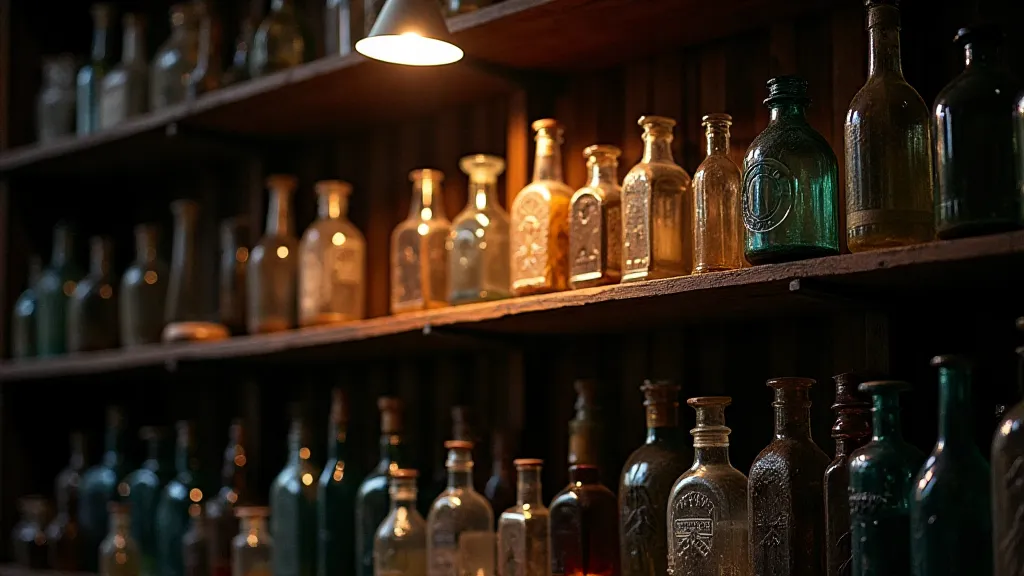
A Continuously Evolving Craft
Reverse glass etching, like any craft, is a journey of continuous learning and experimentation. There’s always a new technique to explore, a new challenge to overcome. The most rewarding aspect isn’t just the final product – the beautiful, luminous bottles – but the process itself: the slow, deliberate movements, the quiet concentration, the connection to a tradition of craftsmanship that spans centuries. It’s a way to slow down, to appreciate the beauty of imperfection, and to find a little piece of the cosmos, bottled and held within your hands.
